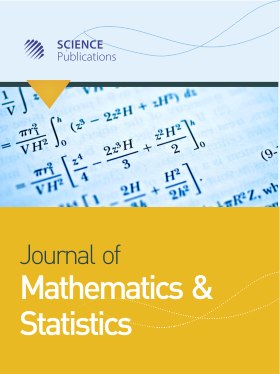LAG SELECTION OF THE AUGMENTED KAPETANIOS-SHIN-SNELL NONLINEAR UNIT ROOT TEST
- 1 Griffith University, Australia
- 2 Curtin University, Australia
Abstract
We provide simulation evidence that shed light on several size and power issues in relation to lag selection of the augmented (nonlinear) KSS test. Two lag selection approaches are considered-the Modified AIC (MAIC) approach and a sequential General to Specific (GS) testing approach Either one of these approaches can be used to select the optimal lag based on either the augmented linear Dickey Fuller test or the augmented nonlinear KSS test, resulting in four possible selection methods, namely, MAIC, GS, NMAIC and NGS. The evidence suggests that the asymptotic critical values of the KSS test tends to result in over-sizing if the (N) GS method is used and under-sizing if the (N) MAIC method is utilised. Thus, we recommend that the critical values should be generated from finite samples. We also find evidence that the (N) MAIC method has less size distortion than the (N) GS method, suggesting that the MAIC-based KSS test is preferred. Interestingly, the MAIC-based KSS test with lag selection based on the linear ADF regression is generally more powerful than the test with lag selection based on the nonlinear version.
DOI: https://doi.org/10.3844/jmssp.2013.102.111

- 4,024 Views
- 2,973 Downloads
- 3 Citations
Download
Keywords
- (Nonlinear) Unit Root Test
- Augmentation Lag
- Modified AIC
- General-To-Specific Sequential T-Test
- Monte Carlo Simulation
